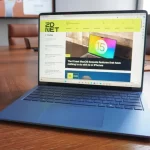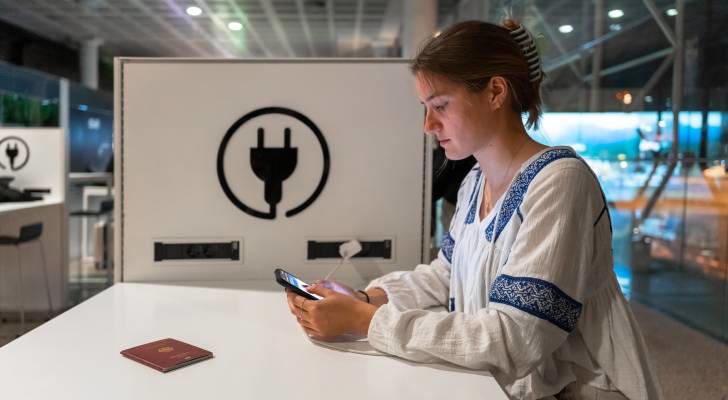
Microsoft’s big AI update for Windows 11 is here – what’s new
August 23, 2025
Gmail users issued ‘red alert’ as new Google AI scam steals passwords
August 23, 2025At the airport, you close your phone’s second “low battery, charge now” prompt and finally give in. You grab your charging cable and plug into a public USB port in the departure lounge. According to the TSA, you may have just made a costly error.
The Transportation Security Administration (TSA) issued a warning about a cyberattack technique known as “juice jacking” ahead of the peak summer travel season.
“Hackers can install malware at USB ports (we’ve been told that’s called ‘juice/port jacking’),” The TSA post says. “Juice jacking” is where hackers manipulate public charging stations with hidden devices to steal data or install malware on your device when you use a USB charging cable to plug directly in.
How can you protect yourself against “juice jacking”?
The solution is pretty simple: the TSA says: “bring your TSA-compliant power brick or battery pack and plug in there.” Outlets cannot be manipulated in the same way, keeping your device safe.
If you must juice up with a charging port, turning off your phone before plugging it in is another counter-measure. You can also get a USB data blocker (colloquially known as a USB Condom) to do the job. These devices block data transfer, allowing you to charge safely.
In general, remember to avoid doing any sensitive banking or online shopping in public areas using free unsecured Wi-Fi. Use a VPN in public spaces to remain completely secure if you must connect to Wi-Fi.
Your phone is more than just another device — it’s your wallet and, in many ways, an archive of your life all in one juicy spot for hackers. Protect it and protect yourself.




